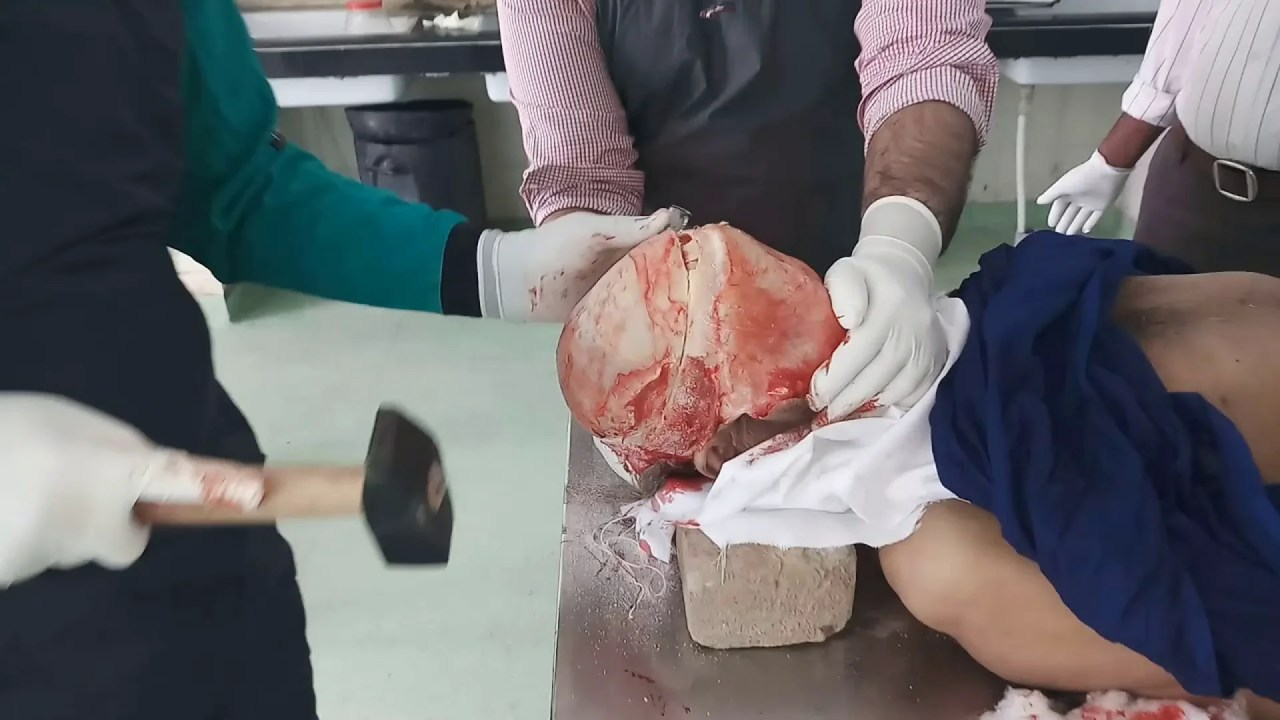June is a very important month in history. In June 1944, the Allied Forces began their attack on Normandy, essentially changing the outcome of the war. But while the Battle of Normandy had massive effect on the war in Europe, Battle of Okinawa served in the same way in the battle for the Pacific.
Codenamed Operation Iceberg, the Battle of Okinawa was a major battle fought on the island of Okinawa between the US Army and the Imperial Japanese Army.
The initial invasion of Okinawa on April 1, 1945, remains the largest amphibious assault in the Pacific Theater of World War II.
![]()
It also remains one of the bloodiest battles in World War II, with more than 100,000 civilians losing their life during the campaign. Many more were caught in the cross-fire. On one hand, you had American artillery and air attacks, and on the other, attacks by the Japanese.
In the end, the Allies won the battle and occupied Okinawa. To this day, the island remains Japanese territory, but the US has a military base there.
Considered the last major battle of World War II, it essentially forced the Japanese to give up. Here is what you need to know about the battle.
One of the bloodiest battles in WWII
Many battles during World War II had present civilians. Some, while bloody, had no civilians. For example, the Battle of Iwo Jima is one of the bloodiest battles, but there were no civilian casualties.
The problem with Okinawa is that the island had a large civilian population. Just look at the numbers.
According to some estimates, more than 150,000 civilians were killed or injured in the battle. The US Army lost more than 18,900 soldiers and more than 53,000 suffered injuries. Those numbers are two times than the soldiers killed at Iwo Jima and Guadalcanal combined. Many more died from the wounds following the end of the battle.
The Japanese lost more than 100,000 soldiers and additional 7,000 got captured. Many of the Japanese soldiers committed seppuku or blew themselves up with grenades. They didn’t want to get captured by the Americans.
At the time, the Japanese propaganda claimed that the Americans were barbarians who did terrible things to prisoners. So, the Japanese soldiers killed themselves to avoid capture.
The Kamikaze attack
During World War II, Japanese forces employed the kamikaze attack strategy. Simply put, they send aircrafts with pilots crashing directly into US ships or aircraft carriers.
They used the kamikaze for the first time in October 1944 at the Battle of Leyte Gulf. And then during the Battle of Okinawa, the kamikaze attack increased.
For Japanese soldiers and even civilians, capture was not an option. During the War, and specifically during the Battle of Okinawa, many Japanese soldiers and commanders committed seppuku.
The highest ranking commanders to commit seppuku in a cave were Mitsuru Ushijima and Isamu Cho. They committed after the battle was lost. The only Japanese commander taken alive was Hiromichi Yahara. And that was because Ushijima ordered him to surrender so that the world would know the Japanese side of the battle.
Even civilians killed themselves because they believed that the American occupation would be worse than death.
Fleet battle
The allied fleet at Okinawa remains the largest in history. The US Navy brought 132 destroyers, eighteen battleships, seventeen carriers, and fourteen cruisers. The British also joined the fight with 28 ships, including destroyers and fleet carriers.
![]()
The Japanese had a significantly smaller fleet. They countered with their own battleship Yamato, and nine other warships. But it was essentially a suicide mission by the Japanese ships.
Largest amphibious assault of the Pacific War
The original landing at Okinawa had more than 287,000 troops against 130,000 Japanese soldiers. The battle lasted for two and a half months in four critical areas of the island.
The US army had specific strategies, take the eastern coast of the island, followed by the northern part, and then take the islands surrounding Okinawa.
The Japanese changed their strategy for this battle. Before, they engaged enemies on the beach. But at Okinawa, they fell back into the jungles of the island to gain advantage in their defensive strategy. They used caves and fortified positions, as well as the jungle to their advantage.
Aftermath of the battle
Following one of the bloodiest battles in World War II, more than 90% of the buildings were destroyed. US Army and Japanese forces destroyed countless historical documents, artifacts, treasures, and more. The tropical landscape was turned into a vast field of decay and maggots.
Historians nowadays believe that the Japanese army used Okinawa people as human shields. Following the war, Japan surrendered, preventing any other invasions or battles on Japanese homeland.
Some historians believe that the Okinawa campaign encouraged the US to use atomic bombs on Hiroshima and Nagasaki. They wanted to avoid the planned ground invasion of the Japanese mainland.
For example, one historian, says, “The Japanese on Okinawa were so fierce in their defense, and because casualties were so appalling, many American strategists looked for an alternative means to subdue mainland Japan. With the advent of atomic bombs, this means presented itself”.
Today, Okinawa is part of Japan. But the US has military base and soldiers there. For example, Kadena Air Base remains the largest US air base in Asia. Some refer to it as the Keystone of the Pacific. The Japanese government sees US forces on the island as important guarantee of regional stability.





















